Radiata pine, Monterey pine (RAP)
Radiata pine is one of the world’s most successful plantation species, especially in the southern hemisphere. Not only does it grow well on a range of sites from the highland sub-tropics to milder temperate regions, but it often grows exceptionally fast. Owing to its widespread success the timber is well known in the trade. It is the principal plantation species grown in Australia, Chile, and New Zealand.
On the right site, radiata pine has the potential to be the fastest growing and most productive pine in Britain. The species should benefit as the climate warms and becomes more ‘Mediterranean’ so that a wider range of sites in southern and lowland Britain become suitable for planting. Radiata pine is listed as endangered by the IUCN.
Radiata pine is categorised as a secondary tree species. These are species that have demonstrated positive silvicultural characteristics in trial plots but gaps in knowledge constrain wider use. The species are being actively evaluated to increase understanding and inform future deployment.
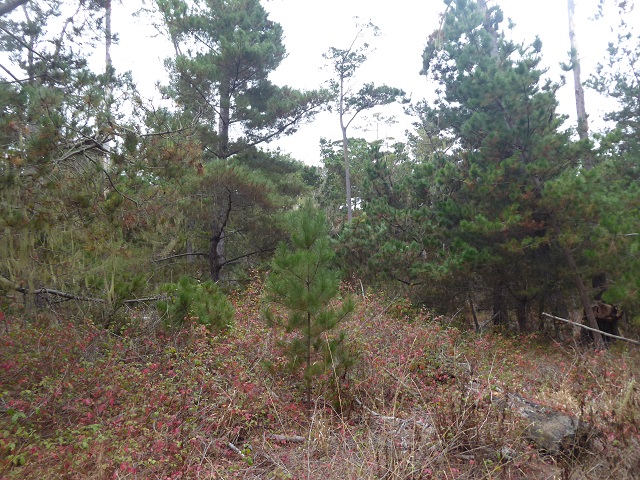

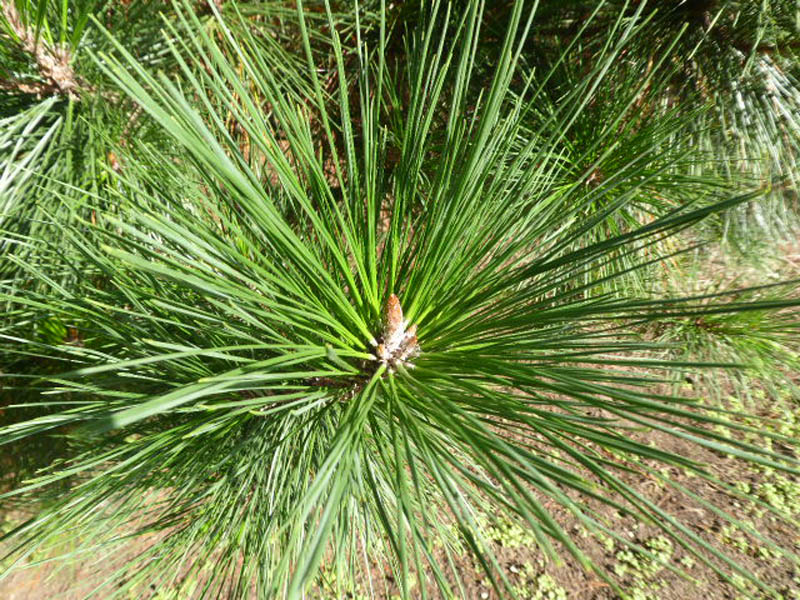
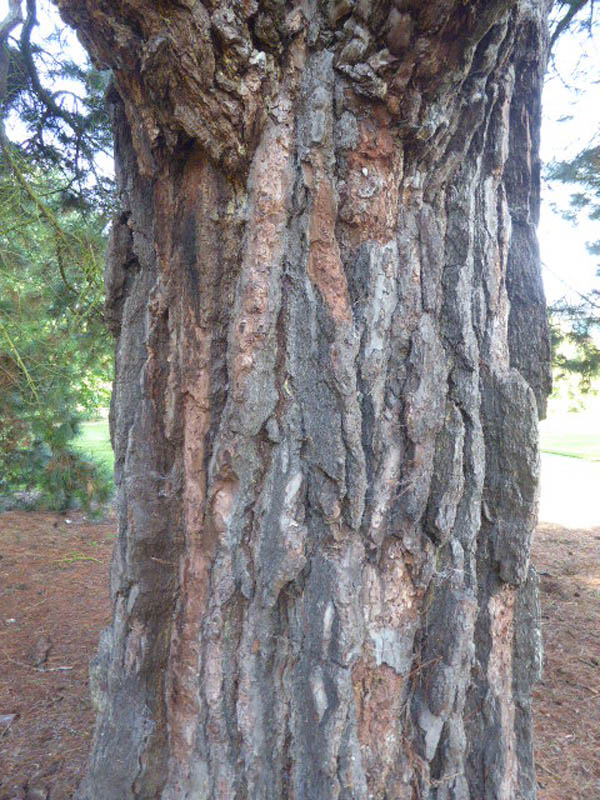
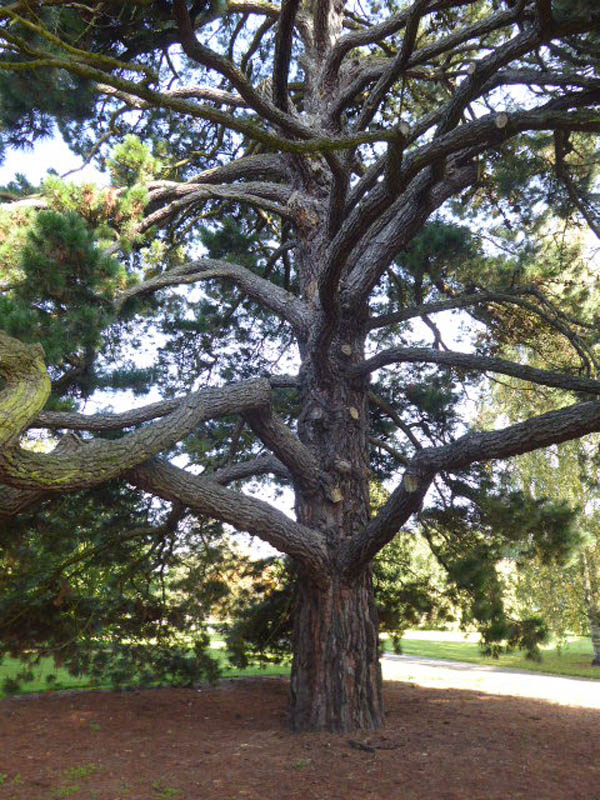
Range
Native to a small area of coastal California, USA.
Provenance Choice
There has been little provenance testing in Britain. While seed sourced from cold hardy and Dothistroma resistant strains in breeding programs elsewhere e.g., New Zealand, may be beneficial, a tentative recommendation is to collect seed from mature British stands of good form.
Site Requirements
Adapted to a warm Mediterranean climate with most early planting in Britain confined to sites in the south-west and extreme south. With climate change and drawing on more recent trial evidence, radiata pine could more widely considered across southern Britain where warm drier summers occur. It is less well suited to the wetter maritime Atlantic seaboard conditions of the west and north-west despite the mild climate.
A light demanding species tolerant of exposure. It grows well on soils of very poor to medium nutrient status and of dry to fresh soil moisture. It is not suited to peats or gleys or to alkaline soils. Provided there is adequate warmth, and the soils are freely draining, it can grow on sites with rainfall between 500 and 1500 mm.
Further detail on the site requirements of radiata pine in current and future climates can be examined using the Forest Research Ecological Site Classification Decision Support System (ESC).
ECOLOGICAL SITE CLASSIFICATION TOOL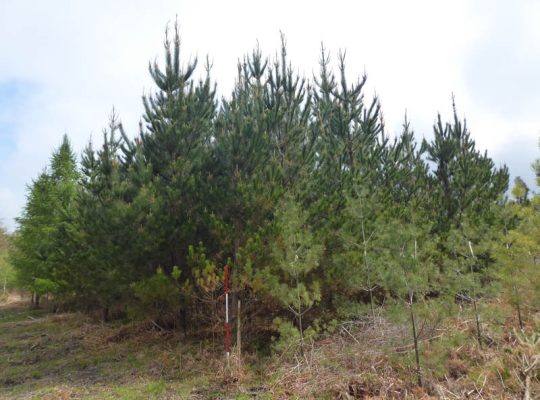
Silviculture
In Britain there is little experience outside of trial plots and specimen trees. Evidence has indicated on good sites thinning may be required as early as 10 years of age. Plant at standard stocking rates for conifers i.e., 2000-3000 stems per hectare. Heavy and persistent branches suggest that to grow sawlogs, early high pruning will be essential. Early and regular thinning should produce sawlogs in 25-40 years.
Pests and Pathogens
Radiata pine is susceptible to Dothistroma septosporum (red band needle blight) particularly in the establishment phase. Fusarium circinatum (pitch pine canker) can be serious on radiata pine, and the disease has spread to several countries in western Europe, although not yet present in Britain. The species also suffers from Sphaeropsis sapinea (Diplodia blight) in parts of Europe, visible as shoot dieback.
See our other tools and resources
Further Resources
External
In addition to the general sources of information for species the following are useful for radiata pine.
Evans, J (ed) 2009 Planted Forests – Uses, Impacts and Sustainability. CAB International and FAO, Rome. 213pp.
Evans, J (2021) Britain’s highest yielding forest plots? The story of experiment Wareham 156. Quarterly Journal of Forestry 115: 64-68
Everard, J and Fourt, D F (1974) Monterey pine and bishop pine as plantation trees in southern Britain. Quarterly Journal of Forestry 68: 111-125
Reynolds, C et al. (2021) Providing the evidence base to diversify Britain’s forests: initial results from a new generation of species trials. Quarterly Journal of Forestry 115: 26-37.
Wilson, Scott, McG. (2014) Living with climate change – Mediterranean trees and agroforestry in Britain? Quarterly Journal of Forestry 108(2): 90-101



